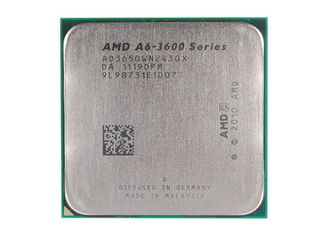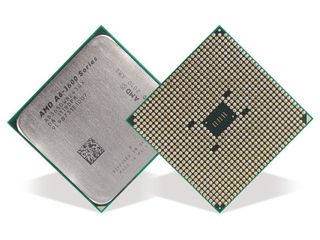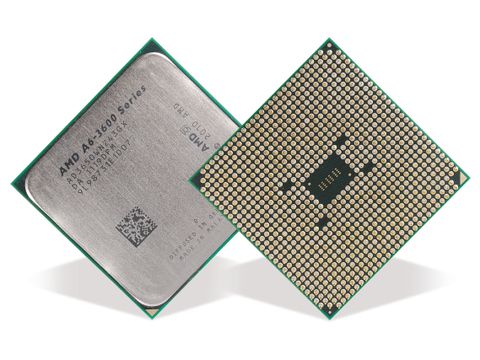Why you can trust TechRadar

The engineering in AMD's new desktop A-Series is a bit of a tour de force for the design teams, because there's an awful lot going on inside a fairly small package.
Built on a 32nm process, the die of the AMD A6-3650 measures just 228 sq mm, but inside it packs a fully-featured quad core processor, a DirectX 11 GPU and a fully-featured Northbridge with a transistor count of around 1.45 billion.
With all this going on, it's quite some feat to keep the thermal design power (TDP) at just 100W.
To put that into some kind of perspective, a Phenom II X4 940, for example, measures 258 sq mm just as a processor on its own. On the other hand, the Phenom design has something the A6-3650 lacks – namely L3 cache.
The Llano Lynx parts have no L3 cache, and have to make do with just 4MB of L2 cache – 1MB per core. This puts the CPU part of the jigsaw more closely related to the latest Athlon II processors, such as the AMD Athlon II X3 450.
The A6-3650 runs at 2.6GHz out of the box – 300MHz slower than it's more powerful cousin, the A8-3850. And, like the A8-3850, it lacks the Turbo Core, although this will be part of the other two A-Series APUs that have yet to make an appearance – the A8-3800 and the A6-3600.
These chips have slower clock speeds, of 2.7/2.4GHz and 2.4/2.1GHz, respectively, but come with a TDP of just 65W.

When it comes to the graphics core, the A6-3650 uses the slower AMD Radeon 6530D chip compared to the A8's Radeon HD 6550D.
The HD 6550D is comparable to the discrete AMD Radeon HD 5570, while the HD 6530D is more like an AMD Radeon HD 5550, with a core speed of 443MHz, 320 Radeon Cores (AMD now calls the unified shaders Radeon Cores, in much the same way as Nvidia's labelled its CUDA Cores), 16 texture units and eight ROPs.
All of which means that the HD 6530D can deliver around 284 gigaflops of graphical processing power.
This may be a lot lower than the A8's 480 gigaflops but it still dwarfs Intel's HD 3000, which can only summon up a mere 125 gigaflops.
Oh yes, and the Intel part is only DirectX 10.1.
Current page: AMD A6-3650: Specifications and performance
Prev Page AMD A6-3650: Overview Next Page AMD A6-3650: Benchmarks
